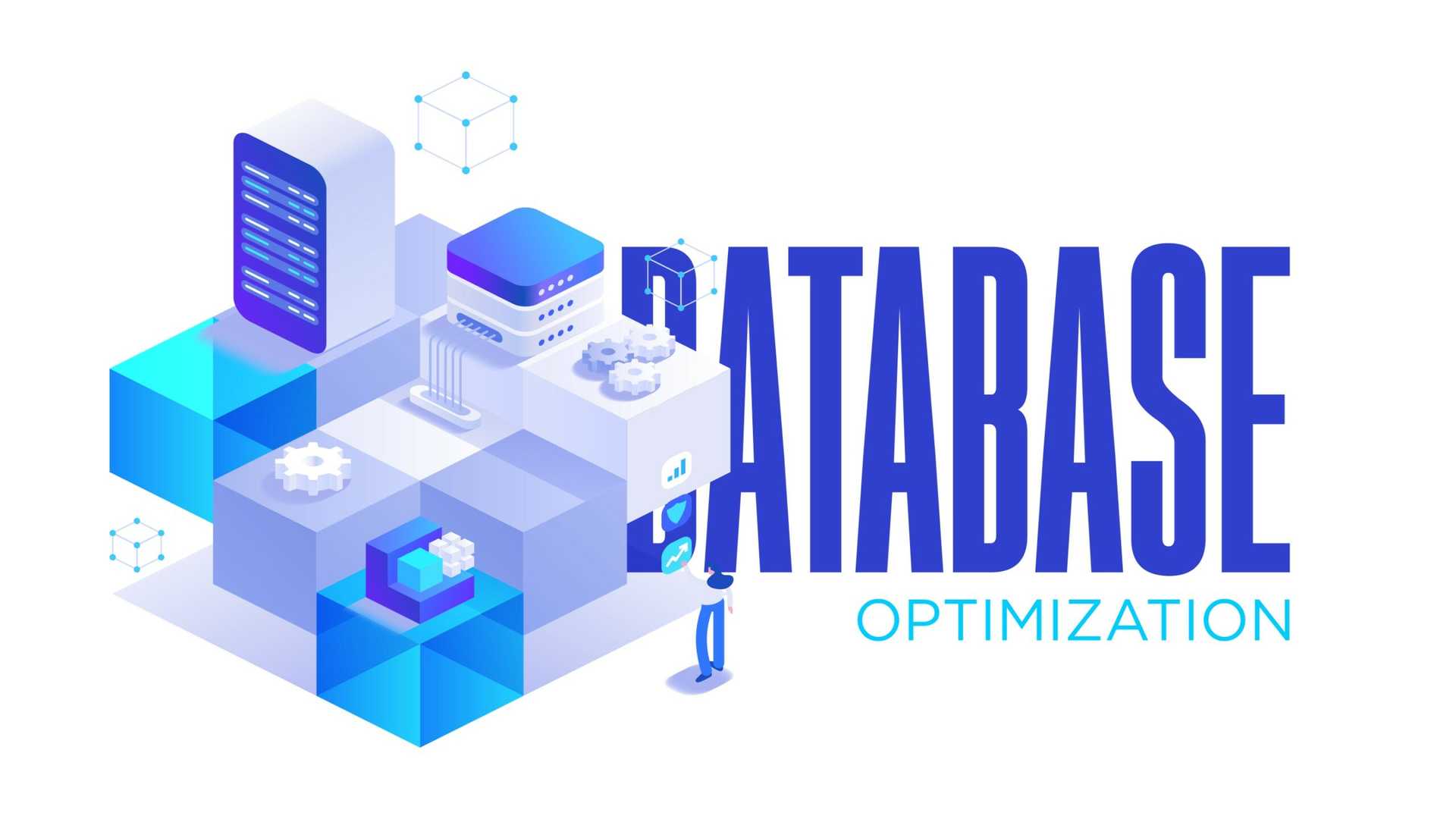Optimizing Database Upgrades

Successfully plan, execute, and validate the migration of MS SQL databases from Windows Server 2012 to 2022, upgrade MSSQL Server 2014 to SQL Server 2019, and implement an AlwaysOn MSSQL failover structure. The primary focus is to ensure a seamless transition that adheres to high availability standards, with zero data loss. Additionally, the objective includes optimizing the SQL Server environment post-migration, documenting the new configurations comprehensively, and providing training to IT staff for effective management and troubleshooting of the upgraded and highly available database infrastructure. The overarching goal is to enhance system reliability, performance, and maintainability while minimizing any potential impact on ongoing operations.
1. Assessment and Planning:
• Assess the existing MSSQL environment, including databases, servers, and configurations.
• Define migration goals, considering version upgrades and high availability requirements.
• Identify potential risks and mitigation strategies.
• Develop a comprehensive migration plan, including a timeline and resource allocation.
2. Environment Preparation:
• Prepare the new Windows Server 2022 environment for MSSQL Server installation.
• Install SQL Server 2019 on the new servers.
• Configure necessary prerequisites for the AlwaysOn availability group.
• Validate server connectivity and ensure proper firewall configurations.
3. Database Backup and Restore:
• Take full backups of databases from the SQL Server 2014 instances.
• Restore these backups to the new SQL Server 2019 instances on Windows Server 2022.
• Verify the integrity of the restored databases and resolve any issues.
4. AlwaysOn Configuration:
• Set up the AlwaysOn availability group on the new SQL Server instances.
• Configure the primary and secondary replicas.
• Establish the necessary network configurations for data synchronization.
• Test failover scenarios to ensure the availability group functions as expected.
5. Data Migration:
• Plan and execute the migration of data from the old version of the databases to the new ones.
• Implement strategies for minimizing downtime during the data migration.
• Monitor the migration process and address any issues promptly.
• Validate data integrity and consistency post-migration.
6. High Availability Testing:
• Conduct thorough testing of the AlwaysOn failover structure.
• Simulate failover events to ensure seamless transitions between replicas.
• Monitor system behavior during failover scenarios and address any issues.
7. Post-Migration Optimization:
• Review and optimize SQL Server configurations for performance on the new environment.
• Update maintenance plans, backup schedules, and monitoring tools.
• Validate that all applications and services relying on the databases are functioning correctly.
8. Documentation and Training:
• Document the new environment configurations, including AlwaysOn settings.
• Provide training for the IT staff on managing the new SQL Server environment.
• Create runbooks and procedures for routine tasks and issue resolution.
Upon completion of this project, the organization will have successfully migrated MS SQL databases to the latest version, implemented AlwaysOn failover for high availability, and ensured data integrity throughout the process. The new environment will be optimized, documented, and ready for continued use.